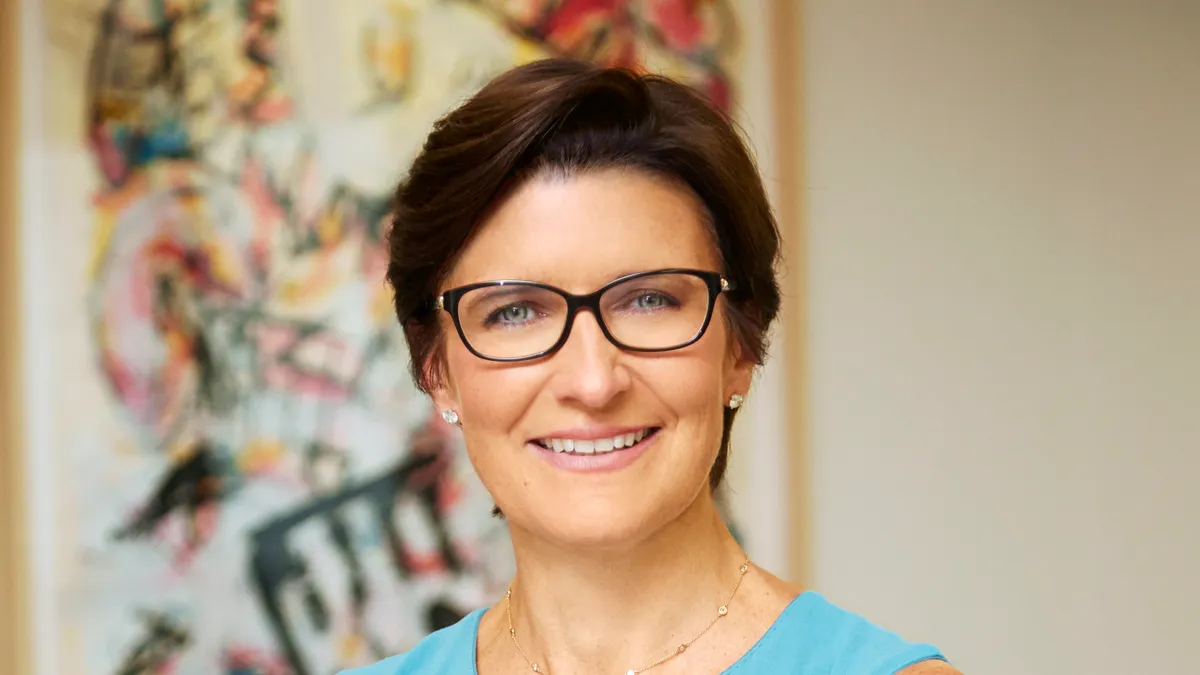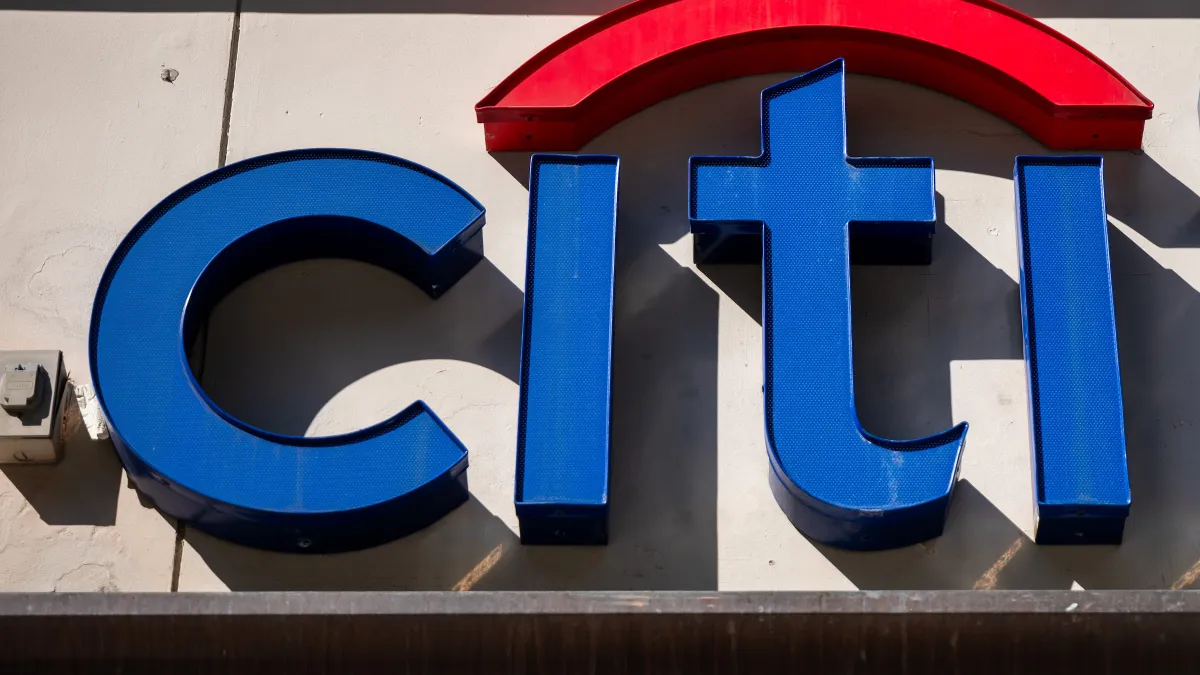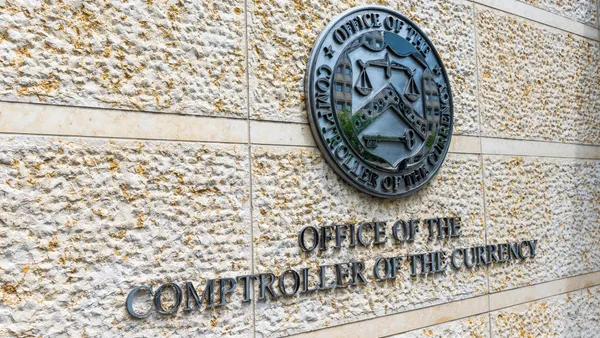Dive Brief:
- Citi paid CEO Jane Fraser $24.5 million for 2022, an 8.9% increase over the $22.5 million she made the previous year, according to a filing the bank made Tuesday with the Securities and Exchange Commission.
- She’s the only CEO of a top-six U.S. bank to receive a raise last year. However, 2022 also was the first full calendar year Fraser served as Citi’s chief executive. She took the role in March 2021, and her compensation that year consisted of 10 months at the CEO rate and two as president, the bank’s No. 2 role.
- The breakdown of Fraser’s compensation changed slightly. She received a $1.5 million base salary, compared with $1.33 million in 2021. Fraser’s $3.45 million cash bonus makes up 15% of her incentives — half the proportion it did in 2021. Fraser also received $8.05 million in deferred stock that vests over four years. That represents 35% of her 2022 compensation, a boost from 20% the previous year. Fraser’s remaining $11.5 million stems from performance share units that hinge equally on the bank’s return on tangible common equity and tangible book value over three years.
Dive Insight:
Fraser’s $24.5 million pay package makes her the lowest-paid CEO among the six largest U.S. banks — but she’s not alone. Wells Fargo CEO Charlie Scharf also made $24.5 million in 2022. They trail Goldman Sachs CEO David Solomon ($25 million) by $500,000.
In its filing, Citi said the revamped makeup of Fraser’s compensation “further aligns … with the interests of shareholders.”
The bank laid out bullet points of its financial performance. Citi’s profit, for example, dropped 32% in 2022 from the previous year, it said. Its earnings per share fell 31%. However, the bank’s revenue increased 5%, and Citi’s treasury and trade solutions division outperformed its fixed-income traders over the last half of 2022 for the first time in at least a decade, according to Bloomberg.
“Notwithstanding challenging macroeconomic and geopolitical developments, under Ms. Fraser’s leadership, Citi made solid progress on each of our priorities, and the compensation committee recognizes the strategic direction that took shape during 2022,” the bank’s board said Tuesday.
The “geopolitical” reference no doubt was a nod to Citi’s Russia exposure, which, the bank warned investors, sat at $9.8 billion at the end of 2021, but executives quickly recalculated potential losses at less than half that.
Citi’s board also credited Fraser for progress the bank has made in its “transformation” and “strategic refresh.” The latter encompasses both a tweak to its unit structure and Citi’s ongoing exit from more than a dozen international retail markets. The board noted, in Tuesday’s filing, that Citi closed the sales of its footprints in Australia, the Philippines, Thailand, Malaysia and Bahrain in 2022, continued to wind down its South Korea presence and began to wind down its China operations. A front-runner has emerged, too, in the bidding for Citi’s Mexico retail unit, leaving Poland as the only market from which the bank hasn’t publicized an exit strategy.
Transformation, meanwhile, has served as a buzzword for a long-term technology upgrade meant to help Citi satisfy 2020 consent orders from the Office of the Comptroller of the Currency and the Federal Reserve tied closely to the errant transmission of $900 million to creditors of cosmetics firm Revlon, which sparked a long-running legal battle.
In calculating Fraser’s compensation, Citi’s board said it “took into account competitive market levels of pay for CEOs of peer institutions.” That likely included Wells Fargo and Bank of America.
Wells kept Scharf’s pay unchanged from 2021 at $24.5 million. But several of the largest U.S. banks reduced their CEOs’ pay in 2022. Bank of America cut CEO Brian Moynihan’s compensation by 6.3% to $30 million. Morgan Stanley CEO James Gorman saw a 10% cut to $31.5 million. And Goldman Sachs slashed Solomon’s compensation by 28.6%. JPMorgan Chase CEO Jamie Dimon’s pay stood pat, meanwhile, at $34.5 million.













